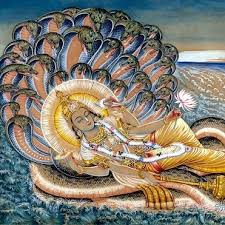
On the 14th of the bright half of Bhadrapada is observed the vow of Ananta Chaturdashi. It is an individual puja and not a festival of a socio-religious character, and perhaps for this reason and due to the impact of the so-called modernism, it is a tradition dying out fast. As Dr PV Kane, the noted Indologist wrote in the ‘History of Dharmashastra’ way back in 1958…” There are even in these days many persons who engage in the Ananta Chaturdashi vrata, but their numbers are rapidly diminishing.”
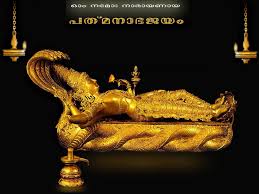
Ved-Madhuri believes that every Sanatana Vedic tradition has its own significance; it is best suited for the overall wellness of the practitioners of this Dharma. We made an attempt to rediscover the concept of Ananta Chaturdashi vrata. It is rooted in the proverbial ‘Pinda-Brahmanda Siddhanta’- that is, the principle of interrelatedness of the Body (Pinda) and the Cosmos ( Brahmanda). In Sanskrit, the word ananta signifies the Infinity in the space, the eternality in time. God in the Sanatana Vedic Dharma has unending manifestations, so Ananta is one of his attributes. Ananta is included among the 1000 sacred names of Lord Vishnu and also amongst the1000 sacred names of Lord Shiva in the Mahabharata. The feminine form of the name, Anantaa or Anantarupa, is used for the Devi.
In the Puranas, Ananta is the name of the the thousand headed serpent (Naga), called Adi-Shesha, upon whom Lord Vishnu reclines in the Kshira sagara, the infinite milky ocean, as he creates the worlds during his yogic sleep. That time, the process of creation is executed through Brahma, who came out of his navel and the entire gamut of the heavenly creations is supported on the thousand of Adi-Shesha. The state of Kerala is supposedly the land of King Bali, the Lord of Sutala (or, the Continental Shelf). There is a famous temple of Vishnu Bhagavana, reclining in the Ananta and Brahma, the Creator, being seated on the lotus that arises from his navel.
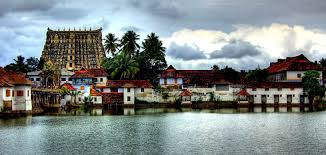
Ananta represents The Infinite World; it also represents The Eternal Time. Thus, the vow of Ananta Chaturdashi relates the individual with the endless Universe and Time. Philosophically, the interrelatedness of microcosm with the Ananta or the infinite Cosmos is called the Pinda-Brahmanda relationship and it works both ways. That explains how the inevitable forces of Nature impact us and how the proverbial ‘faith can move mountains!’ This vow reminds an individual to be in tune with the laws of nature and enjoy the process of life. It is a ritualistic remembrance to the macro cosmos that one is just a tiny particle of. This micro dosing of a vow makes a mega difference to life: it helps us learning how to control mind and ego. That is definitely a step to the spiritual dimension of wellness.
The Agni Purana Ch.192 verses 7-10 give the prescript of Ananta Chaturdashi vrata as under:
तत: शुक्लचतुर्दश्यामनंतम् पूजयेद्धरिम् ।कृत्वा दर्भमयं चैव वरिधानी समन्वितं।। शालिप्रस्थस्य पिष्टस्य पूपनाम्न: कृतस्य च। अर्धं विप्राय दातव्यमर्धमात्मनि योजयेत्।। कर्तव्यं सरितां चान्ते कथां कृत्वा हरेरिति। अनंतसंसार समुद्रे मग्नान्समभयुद्धर वासुदेव।। अनंतरूपे विनियोजयस्व ह्यनंतरूपाय नमो नमस्ते।अनेन पूजयित्वाsथ सूत्रं बद्धवा तु मंत्रितं। स्वके करे वा कण्ठे वा त्वनन्तव्रतकृत्सुखी।।
The English translation is as under: On the fourteenth of the bright half one should worship the image of Ananta which is made of Kusha grass placed in a vessel meant for holding water. We should get ready quite some flour of paddy and make sweet cakes from that, half of which should be donated to a Brahmin and the remaining half to be used by own self. One should perform this vrata on the bank of a river and listen to stories about Hari and pray as “O, Vasudeva! Save (us) sunk in the great and endless ocean of the universe and make (us) apply ourselves to the contemplation of the form of Ananta; salutation to You, who has numerous forms!” Having worshipped with this mantra and having tied a string of threads while uttering the mantra on one’s arm or around one’s neck accomplishes the Ananta Vrata and makes the performer happy.
The string of Ananta vrata is traditionally made of cotton or silk twisted into 14 knots. It is dyed with saffron. The thread thus symbolises the 14 worlds making up the Universe that was created by “God”. The concept of the various lokas originated in the Vedas where Bhuh, Bhuvah and Swahah, are called the three Mahavyahritis, and respectively related to the divinities Earth, Heaven and Space (RV 10.154). Patala is also mentioned in RV 10.58.. The puranic concept of the 14 lokas comprises of the seven upper worlds- Urdhva Lokas called Bhuh, bhuvah, swah, mahah, janah, tapah and Satyam. A practitioner of Sanatana Vedic Dharma is mandated to offer obeisances to each of these seven upper worlds every day while performing the Sandhya (twilight worship). Besides there are the seven Patalas (Netherlands) are where darkness prevails: these are respectively Atala, Vitala, Sutala, Talatala, Mahatala, Rasatala and Patala. The terms may be loosely translated to corresponding terms in modern astronomy, geology and geography. For example, bhu is the Earth, bhuvah is the solar system, swah is the celestial sphere, and so on. Similarly, Atala is the submerged coastline, vitala the shelf break, sutala the continental slope, etc.
The ritual of Ananta Chaturdashi Vrata starts a little before mid-day and the individuals of a family offer vermilion, turmeric, kumkum and rice grains to the string called Ananta. It is tied while uttering the Mantra; on the left arm of a girl or lady and on the right arm of a male member. Ved-Madhuri presents four photographs of a family who observed the Ananta Chaturdashi today:
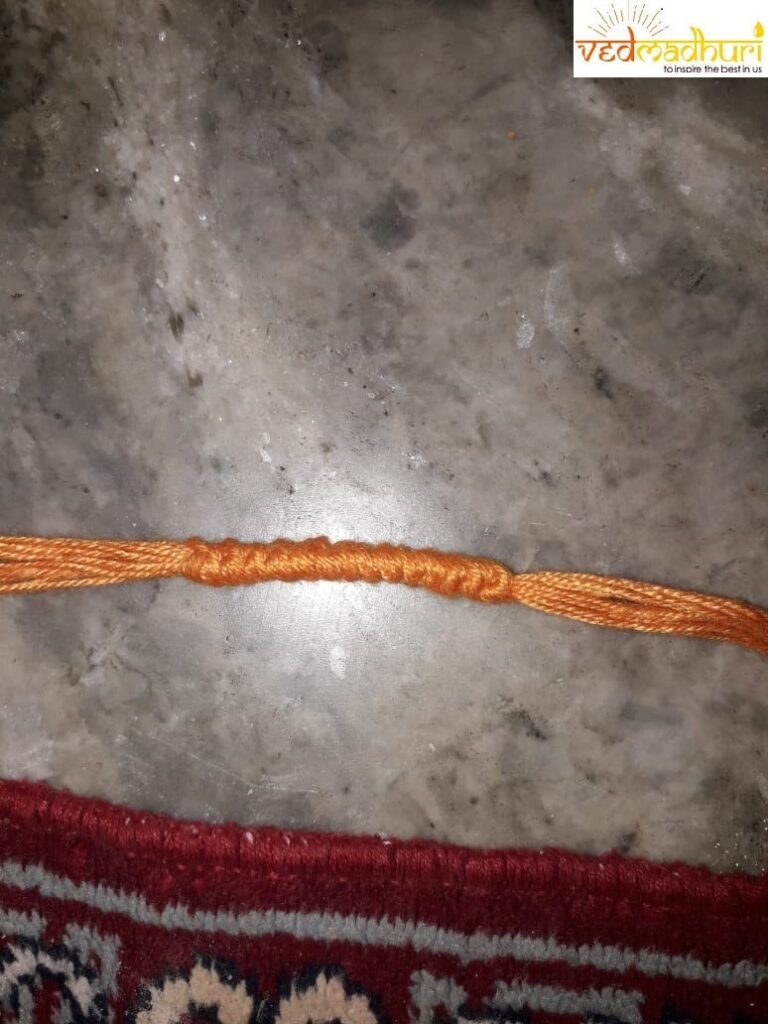
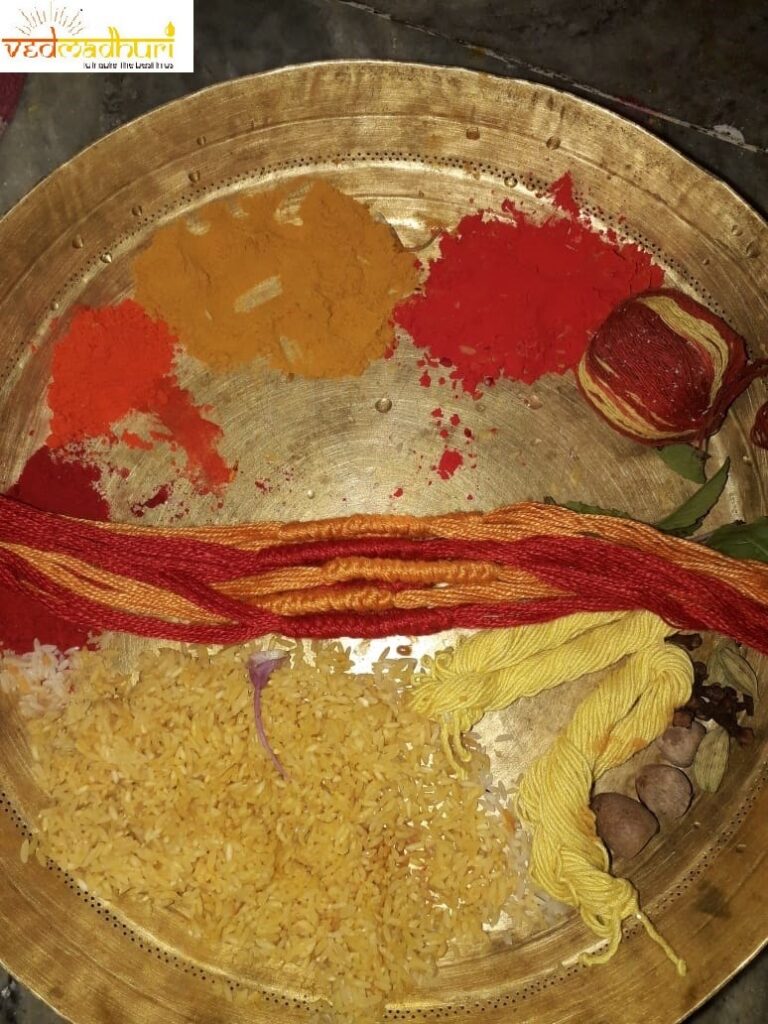
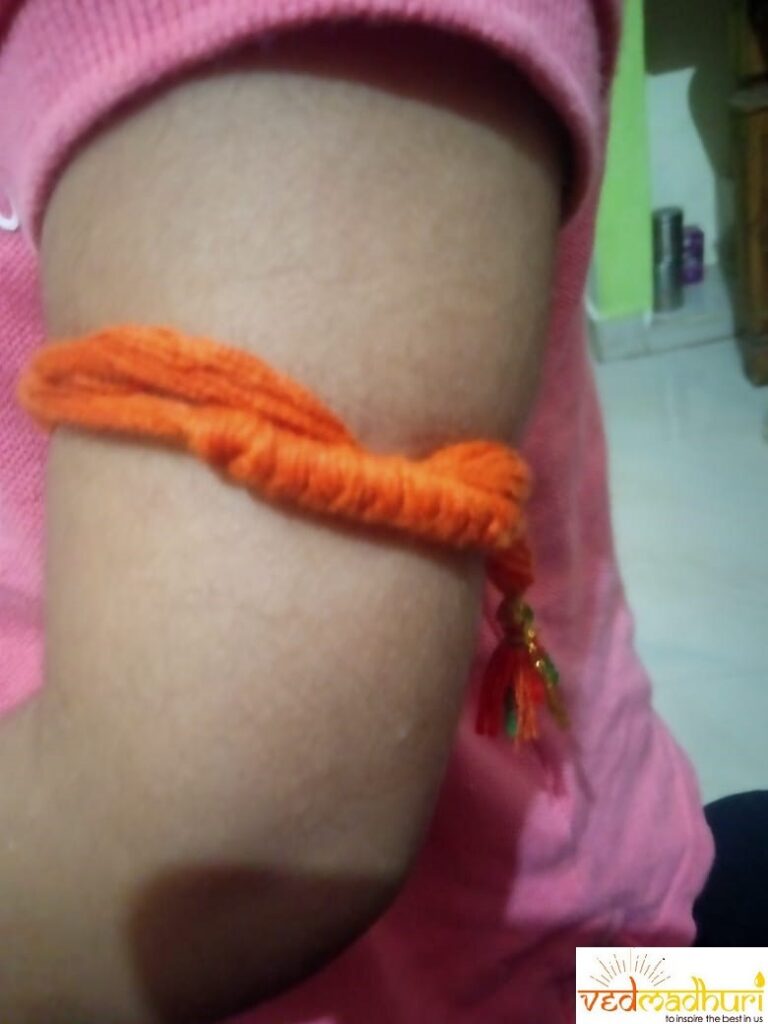
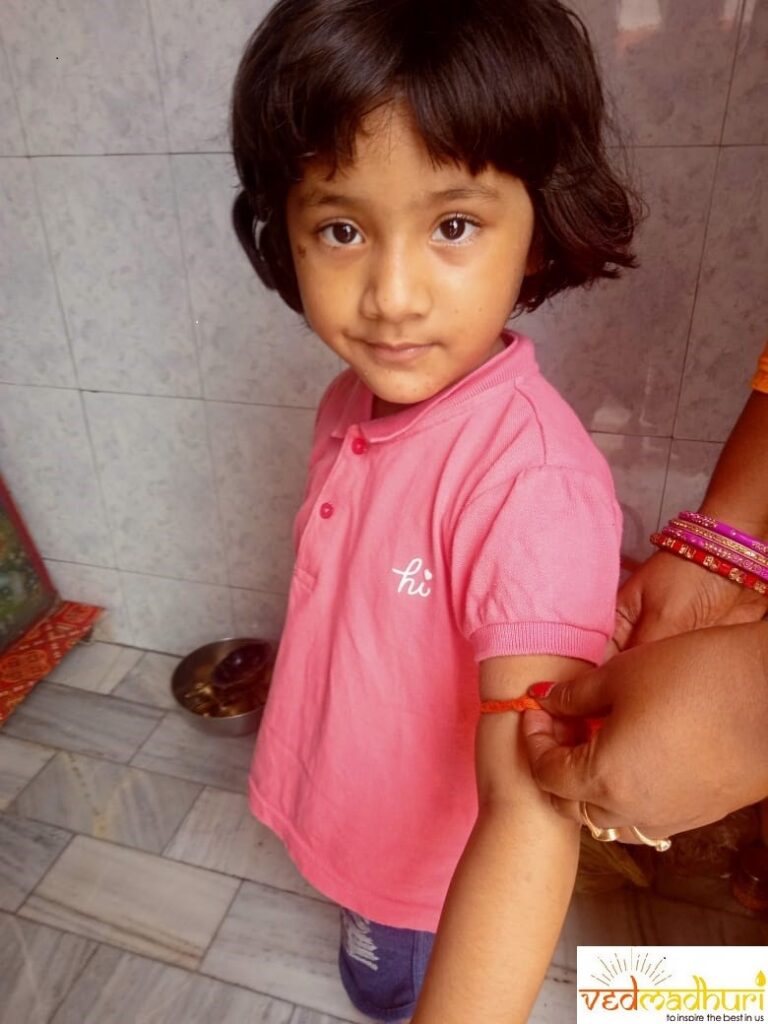
All the photographs are taken by Aman Kumar Singh on 19 September, 2021.
